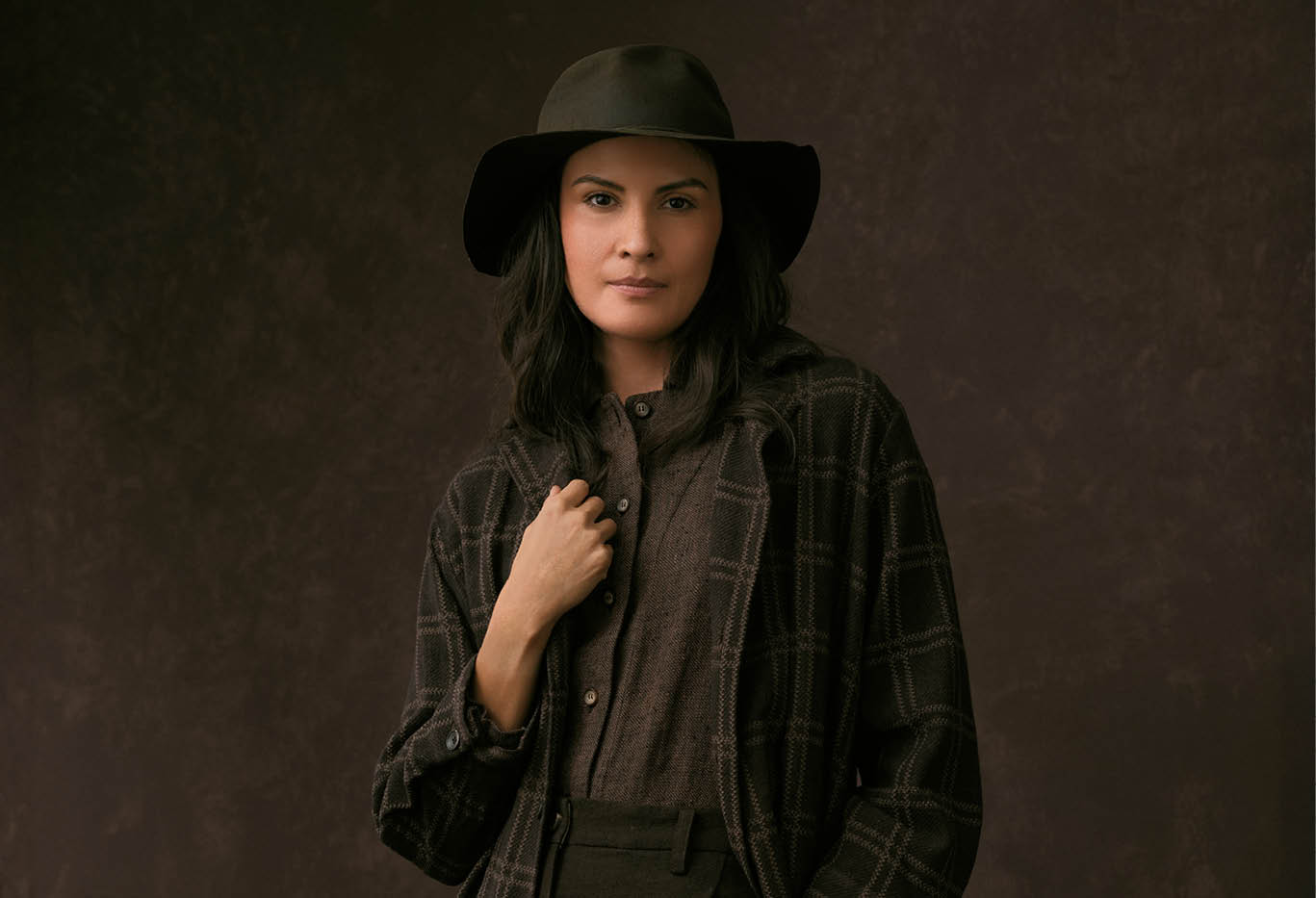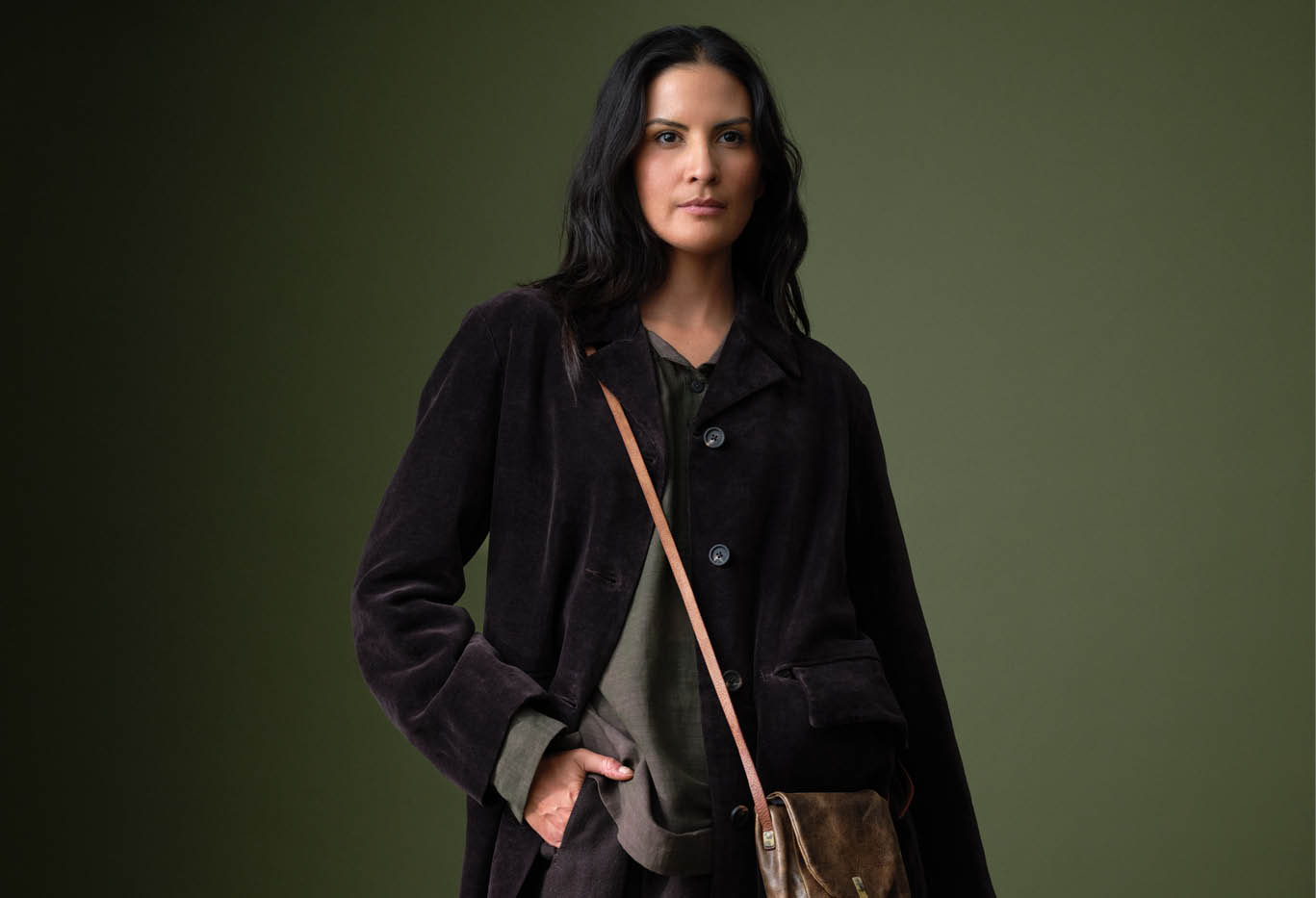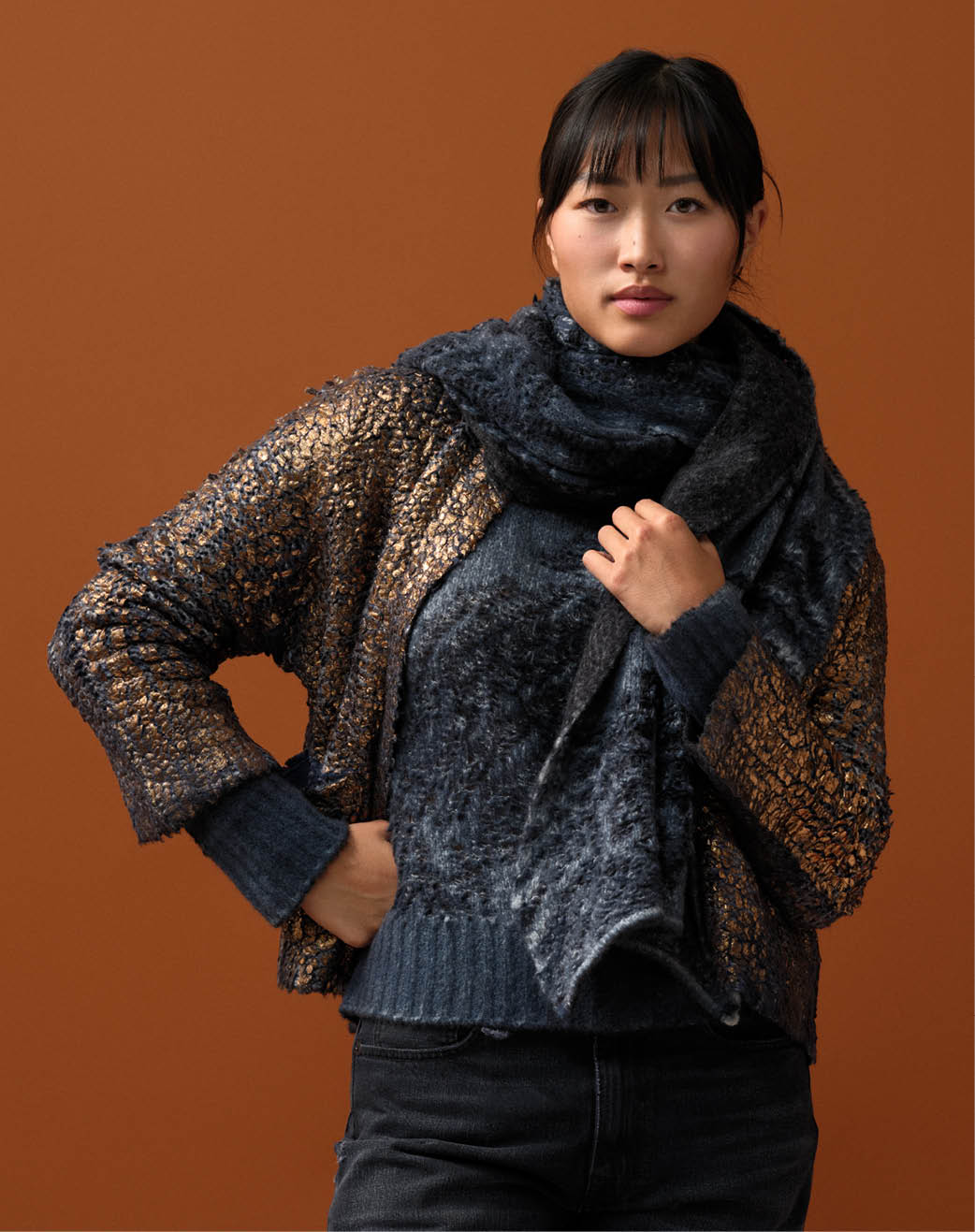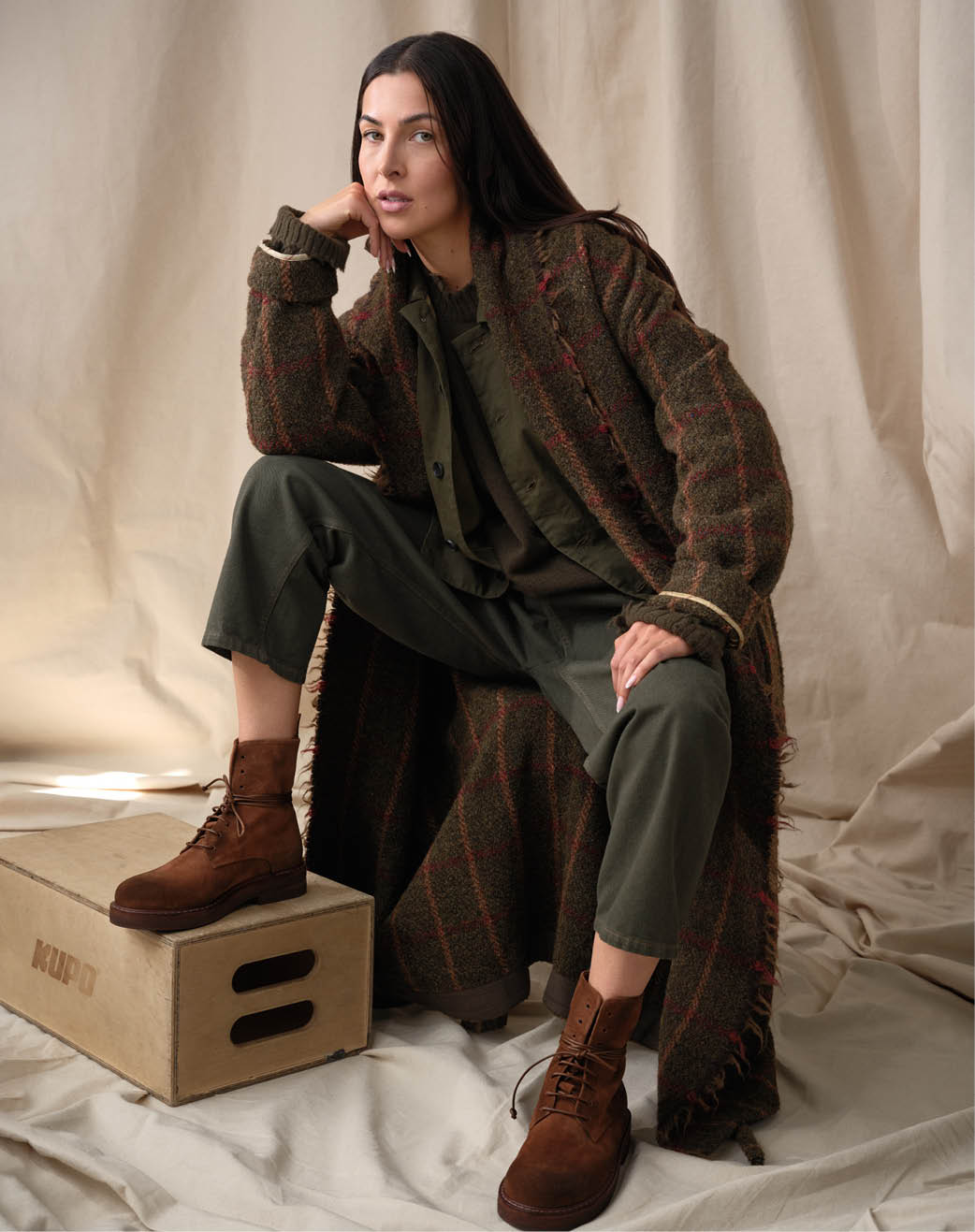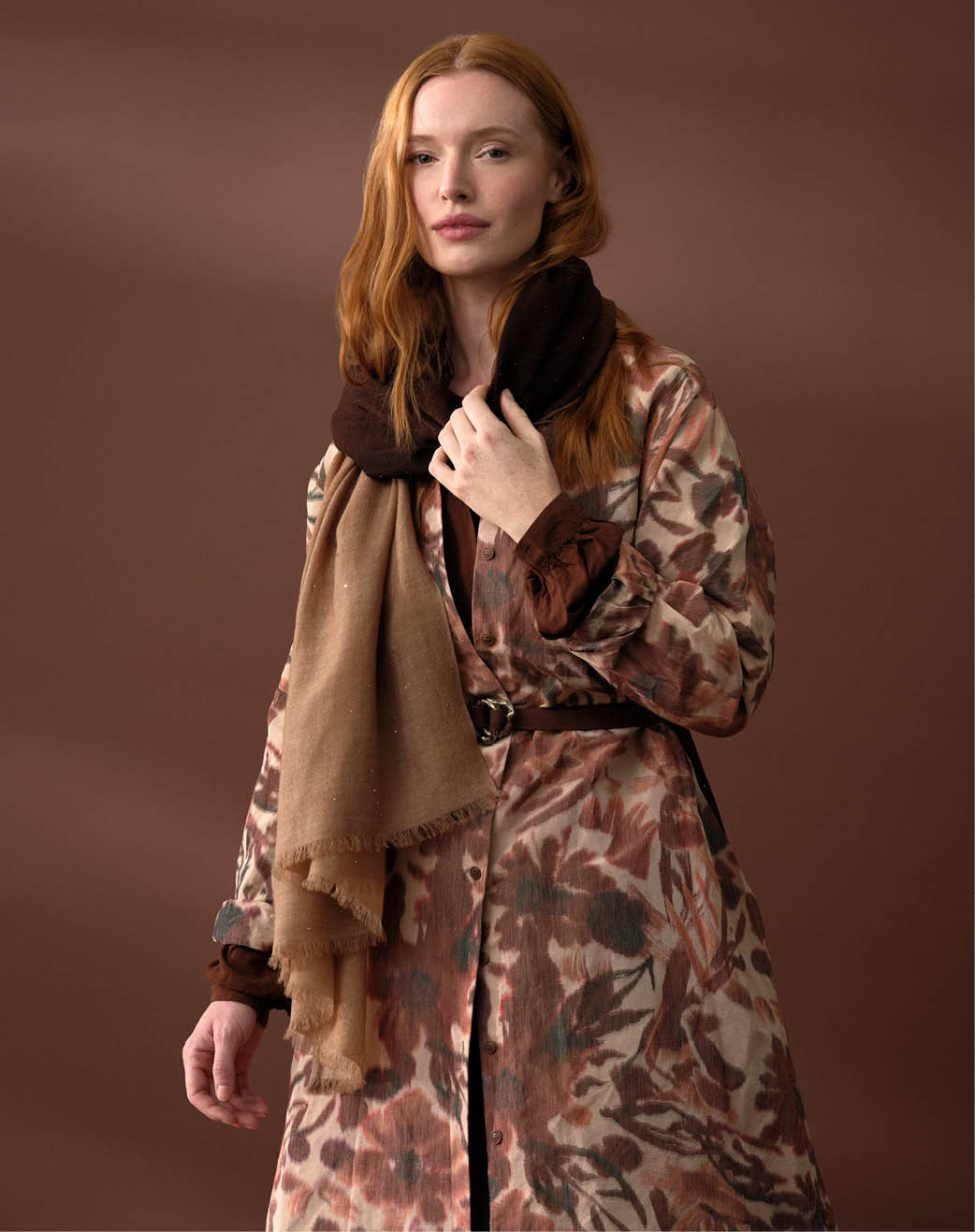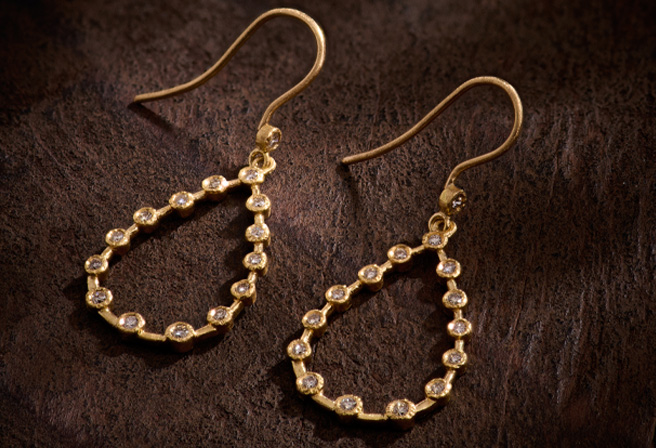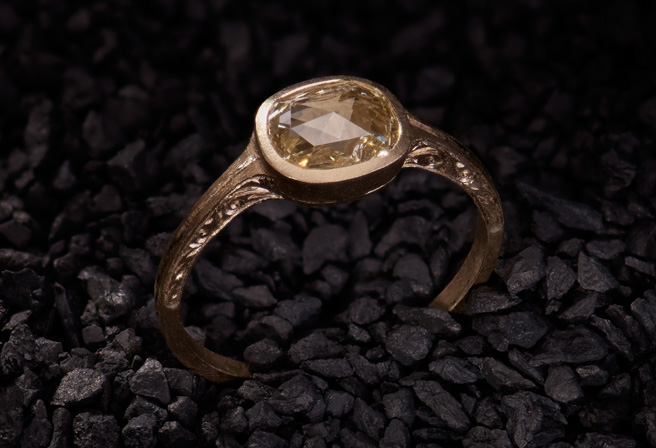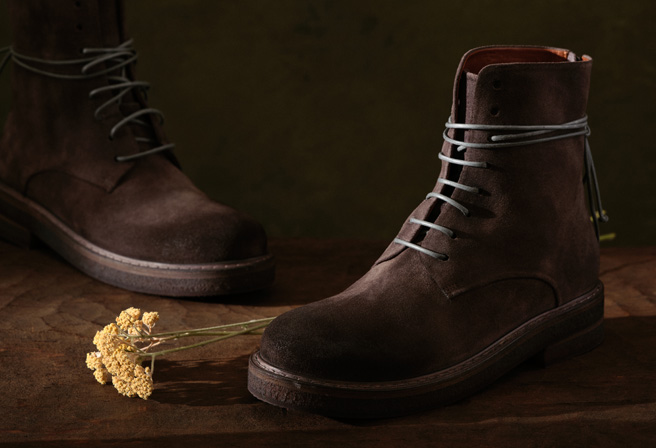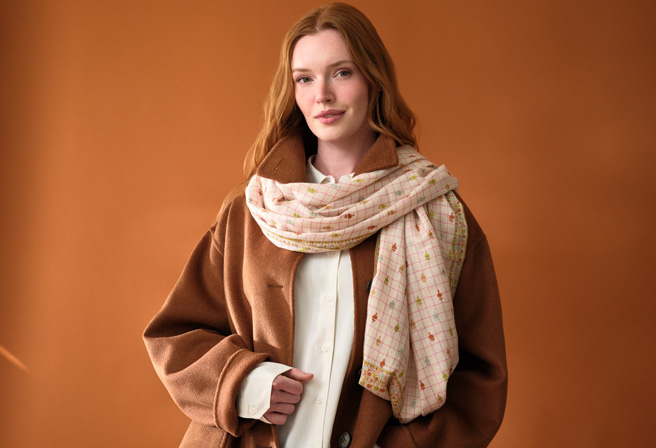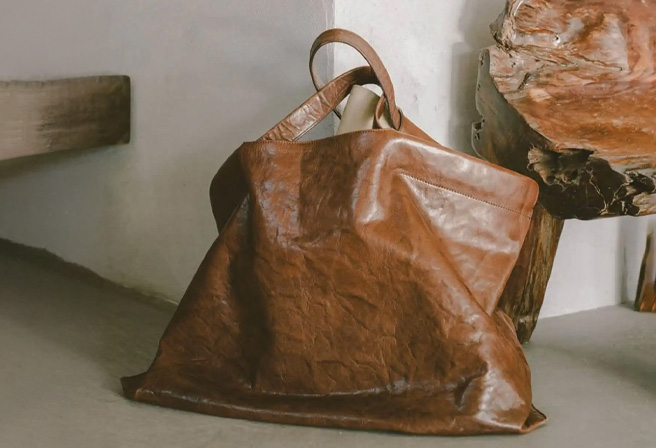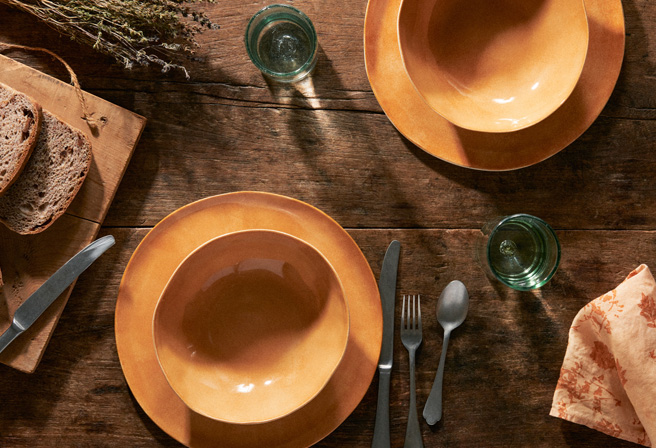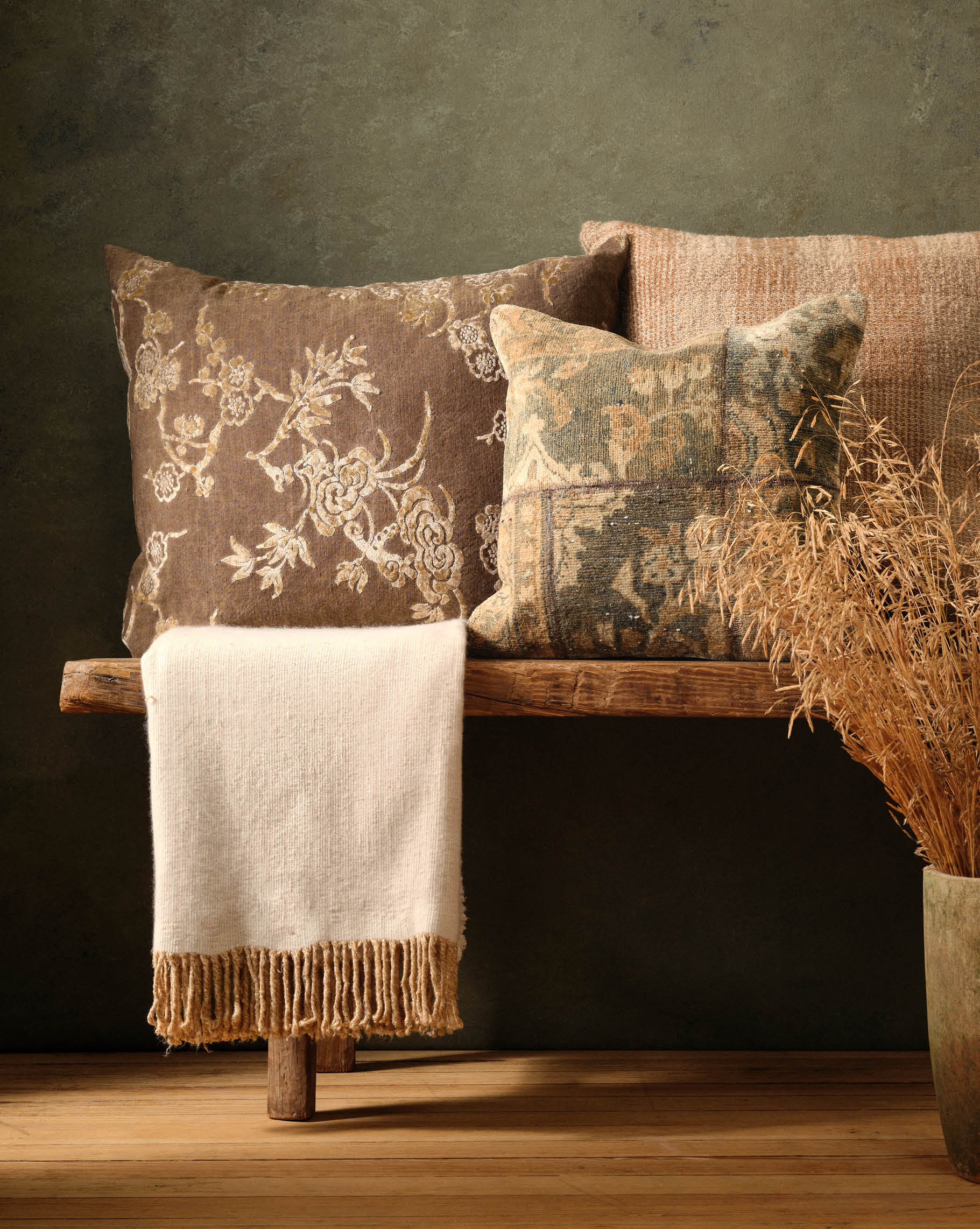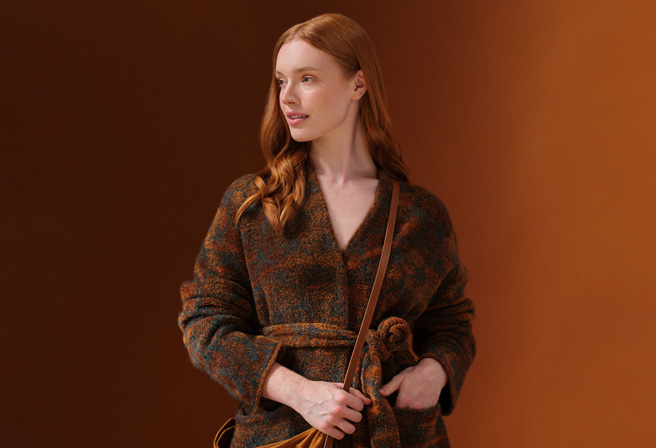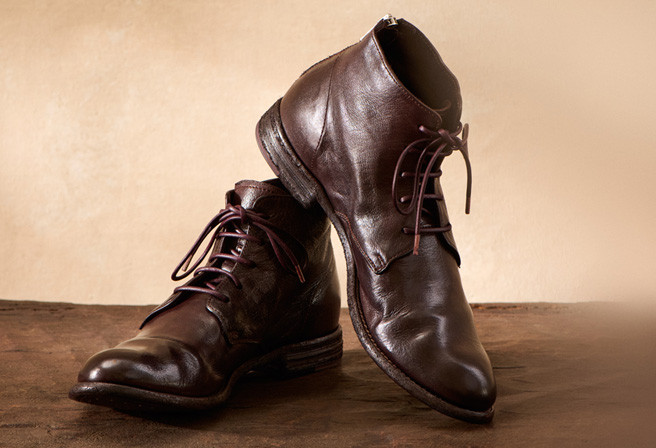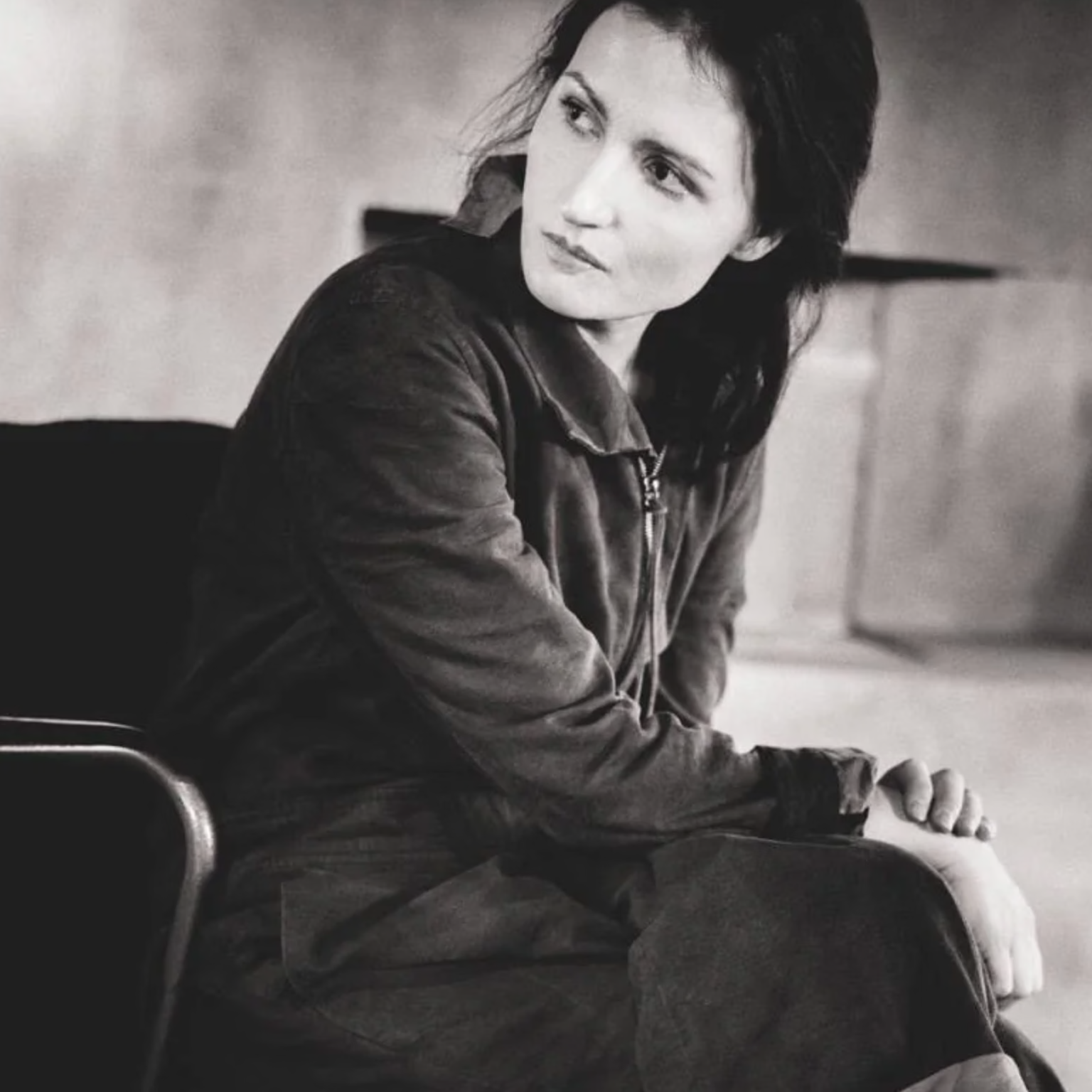Injiri Spring/ Summer 2024. Through designer Chinar Farooqui’s intense base of knowledge, we explore the traditional Indian weaving and embroidery techniques found in her collection. By combining folk influences and hand-looming with her experience in high-taste design, Chinar shares the story of India’s past while simultaneously presenting its future.

For designer Chinar Farooqui, the history of a place is told by the textiles made there. Chinese silks, Scottish Tartan, Armenian Marash… a culture’s fabrics are directly intertwined with the people who weave the fibers. For Chinar Farooqui’s label, Injiri, the story of her native India comes first. Through careful research and practice, Chinar Farooqui and the Injiri team champion the traditional textiles of Rajasthan, Gurujat and beyond. Specialty techniques, such as Jamdani cottons, Barmer appliqué, Soof embroidery and Jut needlework define this latest delivery for summer. By combining folk influences and hand-looming with her experience in high-taste design, Chinar Farooqui shares the story of India’s past while simultaneously presenting its future.

Jamdani, a floaty type of weaving, is described as “enchanting” and “woven air.” This technique is painstakingly detailed, requiring an artisan to interlace thicker and thinner yarns to create colorful patterns into cotton fabric. Each design of Jamdani has a unique name based on what it represents, such as fulwar (flowers) or panna hajar (thousand emeralds.)
Soof, also known as Sindhi embroidery, was introduced to India by Pakistani refugees in the early 1970’s. Historically, this type of stitchery was intended to decorate a bride’s wardrobe in advance of her wedding. It is best exemplified by vibrant, tessellated triangles arranged in figurative motifs that are inspired by nature.

Barmer appliqué is a tradition that has been passed down generation by generation, evolving with each person who works with it. Intended to ornament leftover fabric, this technique is notable for its complex, geometric stitches sewn over patterned fabric. Chinar Farooqui infuses Injiri’s Barmer works with color for a “beautiful rhythmic contrast.”
Jut comes from the Kutch region along the western coast of India. A particularly intricate type of counted thread embroidery, Jut is often used to outline and emphasize existing patterns, creating a high contrast between fabric and stitch. The end result is similar to a western needlepoint design with a distinctly Gujarat joy. Chinar Farooqui describes this as bringing “amusement to the design.”

“Being a student of textiles, I love the hand-loom. It’s more about celebrating the entire process of hand-weaving – and the clothes are actually little stories about the textiles they are made of.”
– Chinar Farooqui of Injiri
